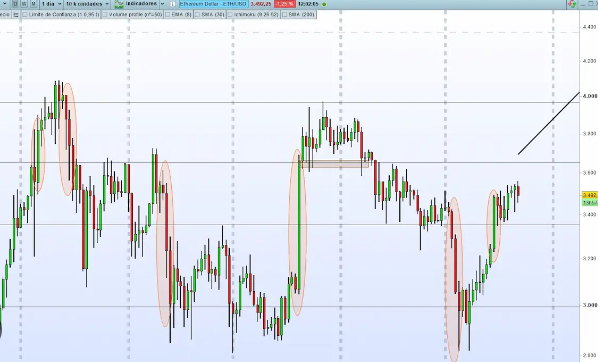How to Trade Forex Using the TSI Indicator
The TSI (True Strength Index) indicator is a technical analysis tool that can be used in forex trading to assess the strength of a price trend and identify potential entry and exit points. Here is a step-by-step guide on how to trade forex using the TSI indicator:
- Understand the TSI Indicator: Familiarize yourself with how the TSI indicator works. The TSI is calculated using moving averages and provides an indication of the momentum and strength of a price trend. It oscillates around a zero line, with positive values indicating bullish momentum and negative values indicating bearish momentum.
- Set up Your Trading Platform: Open a forex trading platform that supports the TSI indicator. Popular platforms like MetaTrader or TradingView offer a wide range of technical indicators to choose from, including the TSI.
- Apply the TSI Indicator to Your Chart: Add the TSI indicator to your forex chart by locating it in the list of available indicators on your trading platform. Adjust the parameters of the TSI according to your preferences, such as the length of the moving averages used in the calculation.
- Identify Trend Strength: Analyze the TSI line on your chart to assess the strength of the trend. A positive TSI value indicates bullish momentum, suggesting a potential buying opportunity, while a negative TSI value suggests bearish momentum.
- Look for Divergence: Check for divergence between the price and the TSI indicator. Divergence occurs when the price is moving in a different direction than the TSI line. Bullish divergence occurs when the price is making lower lows, but the TSI is making higher lows, indicating a potential trend reversal to the upside. Bearish divergence happens when the price is making higher highs, but the TSI is making lower highs, suggesting a potential trend reversal to the downside.
- Confirm with Other Indicators: Use other technical indicators or tools to confirm your trading signals generated by the TSI. Combining multiple indicators can help validate potential entry and exit points, improving the accuracy of your forex trades.
- Set Stop Loss and Take Profit Levels: Once you have identified a potential trade setup, determine your risk tolerance and set appropriate stop loss and take profit levels. Place a stop loss order to limit potential losses in case the trade goes against you, and a take profit order to secure profits when the trade goes in your favor.
- Monitor and Manage Your Trade: Once you enter a trade, closely monitor the price action and adjust your stop loss and take profit levels if needed. Consider trailing your stop loss to lock in profits as the trade progresses.
Remember, trading forex involves risk, and no trading strategy or indicator guarantees success. It is essential to practice proper risk management, conduct thorough analysis, and continuously learn and improve your trading skills.














34 comments